What would you call this style furniture?
Fori
13 years ago
Related Stories
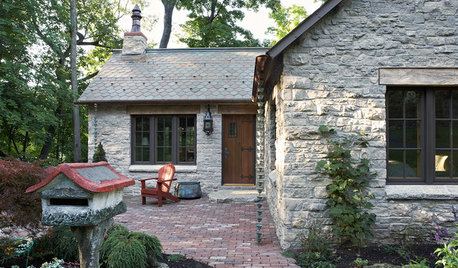
GREEN BUILDINGHouzz Call: What Have You Salvaged for Home Use?
If your floors, furniture, exterior materials or other home elements have a past life, we'd like to hear the story
Full Story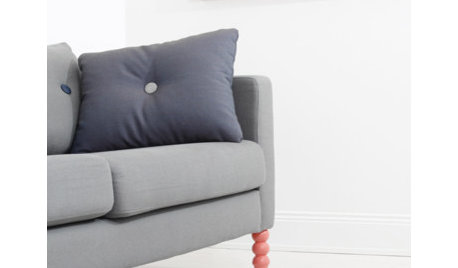
Houzz Call: Show Us Your Legs
Have you customized the legs on your furniture? We want to see them!
Full Story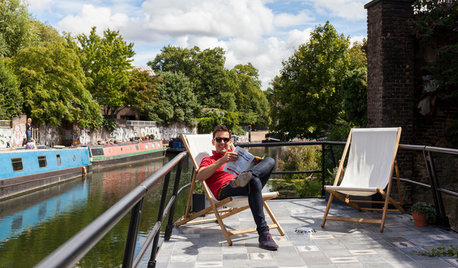
COASTAL STYLEHouzz Call: Share Your Waterfront Views of Summer
We want to see your favorite coastal-home or shoreline views. Post yours in the Comments, and we’ll feature the best in a future article
Full Story
SHOP HOUZZShop Houzz: London Calling
The London look is all about a tasteful and eclectic mix of classics and curiosities
Full Story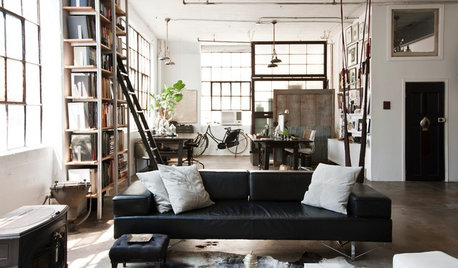
HOUZZ TOURSHouzz Call: Show Us Your Industrial Loft!
Bring on the brick and metal. If you live in a converted warehouse or an edgy loft, we’d love to see it
Full Story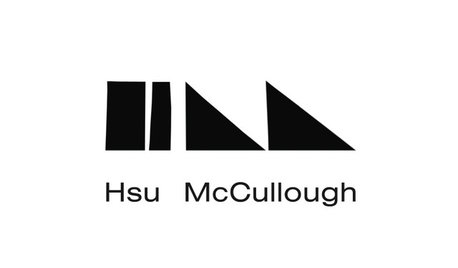
ARCHITECTUREHouzz Call: Show Us Your Logo!
A picture is worth a thousand words, but your company’s symbol may be worth its weight in gold. We’d like to hear the graphic details
Full Story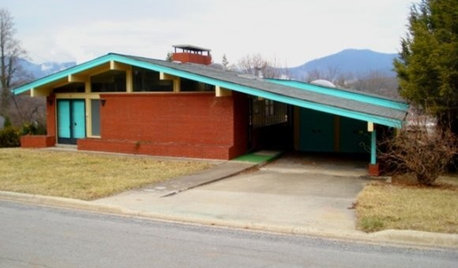
LIFEHouzz Call: Show Us the House You Grew Up In
Share a photo and story about your childhood home. Does it influence your design tastes today?
Full Story
KITCHEN DESIGNHouzz Call: Pros, Show Us Your Latest Kitchen!
Tiny, spacious, modern, vintage ... whatever kitchen designs you've worked on lately, we'd like to see
Full Story
FUN HOUZZHouzz Call: Tell Us About Your Dream House
Let your home fantasy loose — the sky's the limit, and we want to hear all about it
Full Story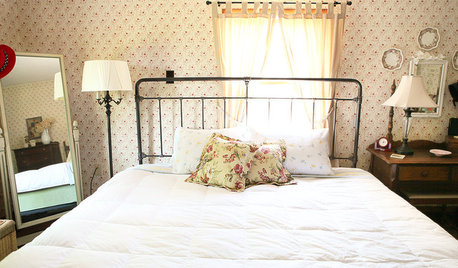
LIFEDo You Live in Your Childhood House?
Tell us about the home you grew up in — whether you live there now or not — and share your pictures!
Full StorySponsored
Leading Interior Designers in Columbus, Ohio & Ponte Vedra, Florida
More Discussions








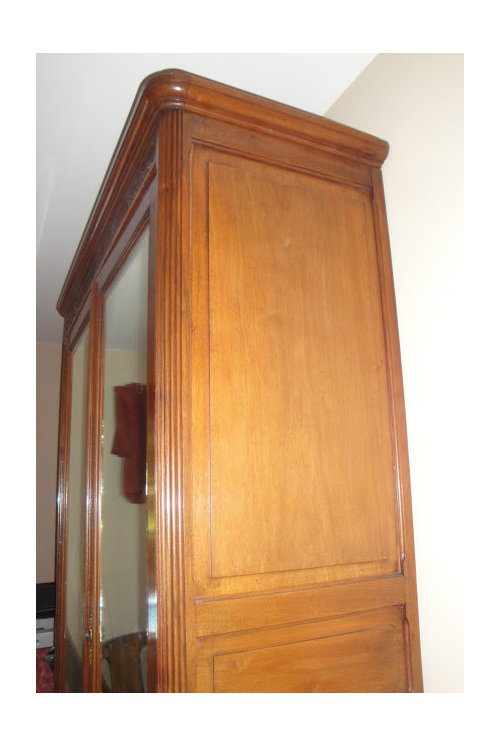

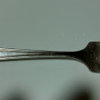
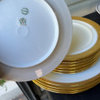


lazy_gardens
ForiOriginal Author
Related Professionals
Roswell Furniture & Accessories · Pinehurst Furniture & Accessories · Annandale Painters · Franklin Park Painters · Hermosa Beach Painters · Romulus Painters · Simpsonville Painters · South Jordan Painters · Tomball Painters · Towson Painters · Warr Acres Painters · Union City Furniture & Accessories · San Juan Capistrano Furniture & Accessories · Moreno Valley Professional Organizers · Wilmington Professional Organizerssombreuil_mongrel
someone2010
lindac
ForiOriginal Author
DLM2000-GW
ForiOriginal Author
lindac
ForiOriginal Author
someone2010
ForiOriginal Author
someone2010
ForiOriginal Author
sombreuil_mongrel
palimpsest
ForiOriginal Author
someone2010
someone2010
ForiOriginal Author
someone2010
ForiOriginal Author
ForiOriginal Author
lindac
moonshadow
ForiOriginal Author
igloochic
ForiOriginal Author
lindac
someone2010
ForiOriginal Author
someone2010
ForiOriginal Author
lindac
someone2010
someone2010
ForiOriginal Author
ForiOriginal Author
someone2010
ForiOriginal Author
lindac
ForiOriginal Author
sombreuil_mongrel
ForiOriginal Author
Zippity-do-dah
jemdandy
ForiOriginal Author
jemdandy